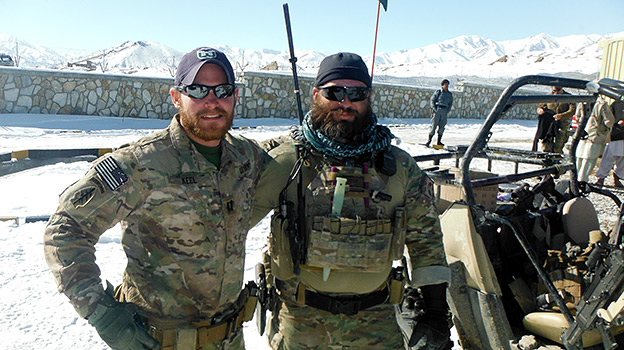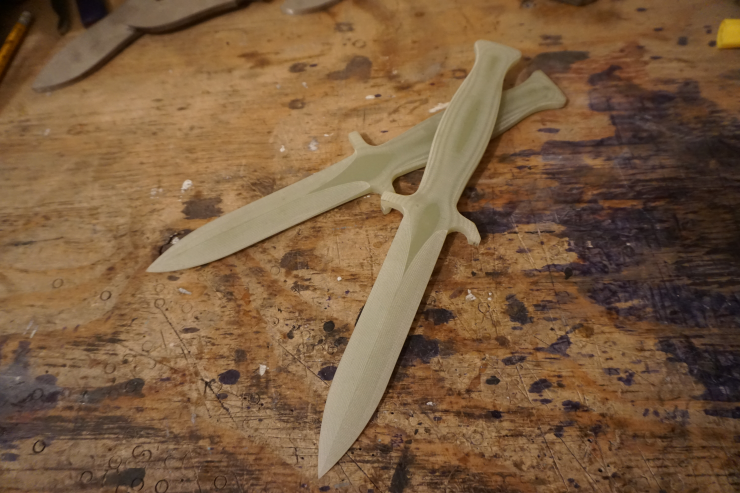- Joined
- Feb 24, 2016
- Messages
- 3,211
I thought carbon fiber was conductive. Not as conductive as copper or steel, but enough to cause issues in race cars if you end up with a bare spot in a circuit.
The BladeForums.com 2024 Traditional Knife is available! Price is $250 ea (shipped within CONUS).
Order here: https://www.bladeforums.com/help/2024-traditional/
I've had cardboard so sharp it could slice paper and skin, doesn't mean it's going to make a great knifeIt had a resin over it. It may not hold an edge, but it was slicing paper
I've had cardboard so sharp it could slice paper and skin, doesn't mean it's going to make a great knife
A jello knife would come in handy. Aftwr it dulls you could eat it and well lets gope it doesnt come out whole.Not to forget there is this dude on Youtube who makes knives out of all sorts of stuff, plastic, tinfoil, jello, pasta etcpp and they all cut, but pretty much none would be useable after a short while.
Carbon fiber does conduct electricity. It is not as good of a conductor as most metals, but if you build a structure with it, you will find that its electrical conduction can easily contribute to galvanic corrosion, by electrically connecting dissimilar metals.Carbon fiber is also non-conductive, so it won’t accidentally short exposed wires.
I thought carbon fiber was conductive. Not as conductive as copper or steel, but enough to cause issues in race cars if you end up with a bare spot in a circuit.
The carbon fibers themselves are conductive, but the resin/epoxy is usually an insulator. The result is that a product like CFRP is conductive, but so much less than steel that they’re not really comparable (stainless steel conductivity is around 1.4 million siemens per meter, while raw carbon fibers is 60,000 S/m, three orders of magnitude difference; the epoxy lowers that number even more). Of course, if you use a metallic honeycomb between sheets of carbon (a very common application for motorsports monocoque chassis), your conductivity will go way up.
So yes, it’s technically a conductor, but for purposes of digging around under an explosive device, a non-metallic knife is so much less conductive than steel that it’s basically “safe” (the conductivity is closer to limestone’s than steel’s).
If you're probing you were probably looking for an AT mine. They're not too sensitive. A lot of that stuff was made to fight the last war. AP mines don't get buried that deep since they might not go off. The way IEDs have become the new problem is a different thing. I'm not sure how happy most folks would be having to probe for something like that.Gotcha. Thanks. It had been mentioned as a potential issue in some stuff I was reading about composites so I was wondering about the manufacturer's info and whether it was actually a safe tool for its job.
Gotcha. Thanks. It had been mentioned as a potential issue in some stuff I was reading about composites so I was wondering about the manufacturer's info and whether it was actually a safe tool for its job.
Carbon fiber does conduct electricity. It is not as good of a conductor as most metals, but if you build a structure with it, you will find that its electrical conduction can easily contribute to galvanic corrosion, by electrically connecting dissimilar metals.
I thought she told him not to go into the garden so he wouldn't get hurt or be turned into rabbit stew..
Take heart, Daniel ( the OP ) - not everyone here is as critical as some here have shown.
(Remember what his Mother told Peter Rabbit: "If you can't say something nice, don't say anything at all".)
.
I have an eod friend. He showed me a knife that was all carbon fiber. It was sharp as my benchmade, and held an edge. The only markings on it were
ARL-P4 below is a picture.



